Troubleshooting
Below are a few common issues that you can solve quickly with some additional information.
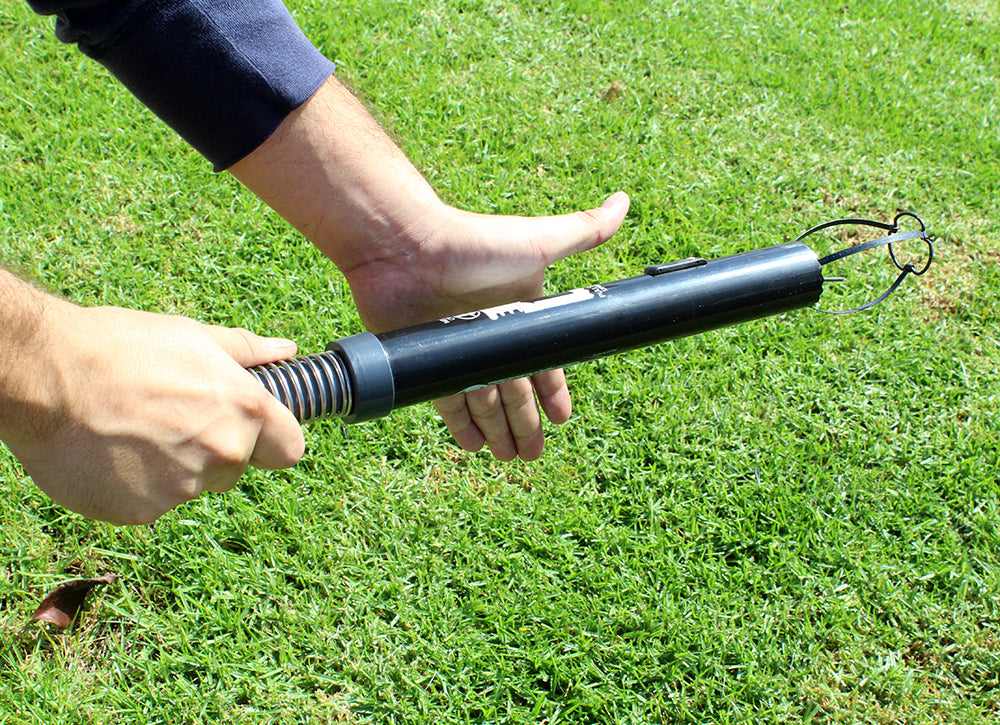
To unset
Strike
To deactivate or unset the trap, strike the black tube. Always keep fingers out of and away from the trap straps.
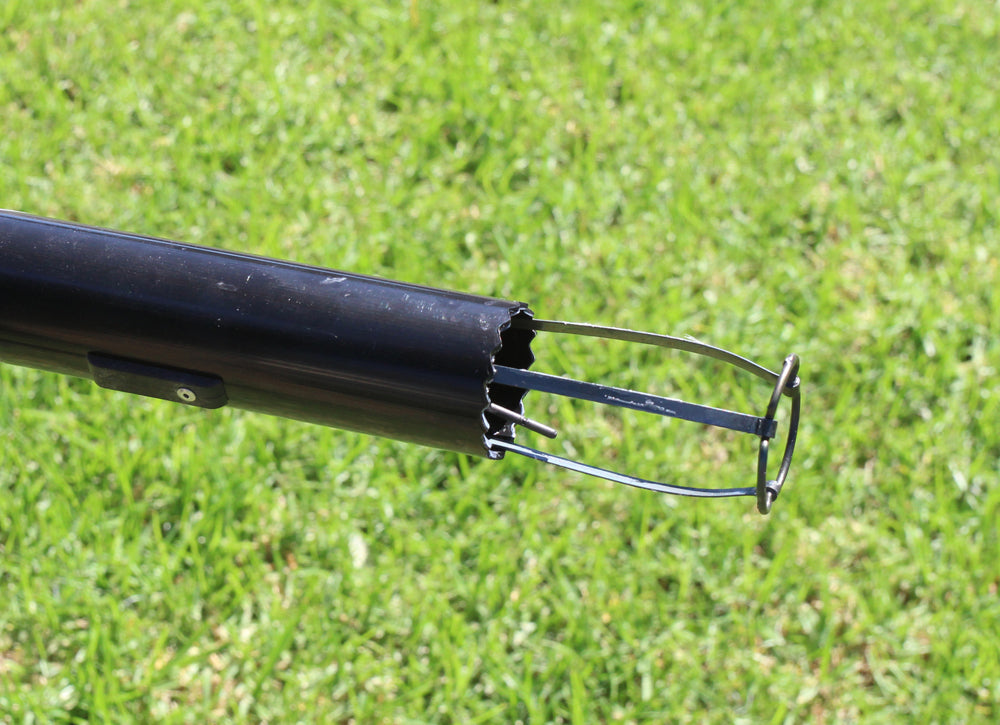
Unable to set
Won't Set
If trap won't set, firmly strike the black tube against something solid. Then set as normal. Repeat if needed.
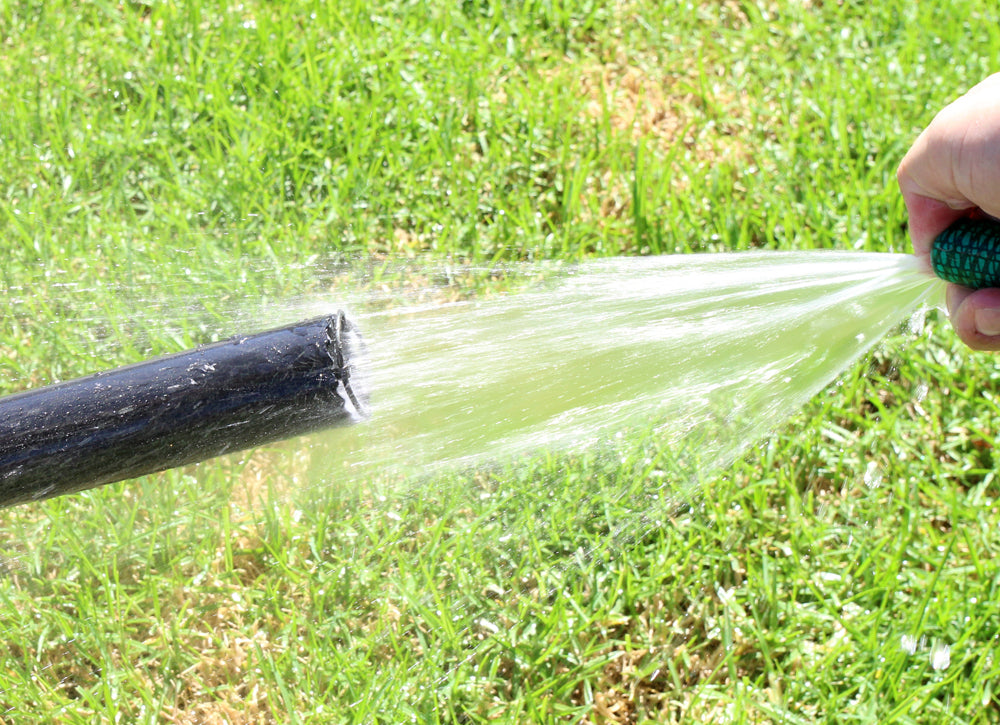
Sensitive tigger
Cleaning
To clean the trap spray with a strong jet of water. Spray directly into the trap opening to restore trigger sensitivity.
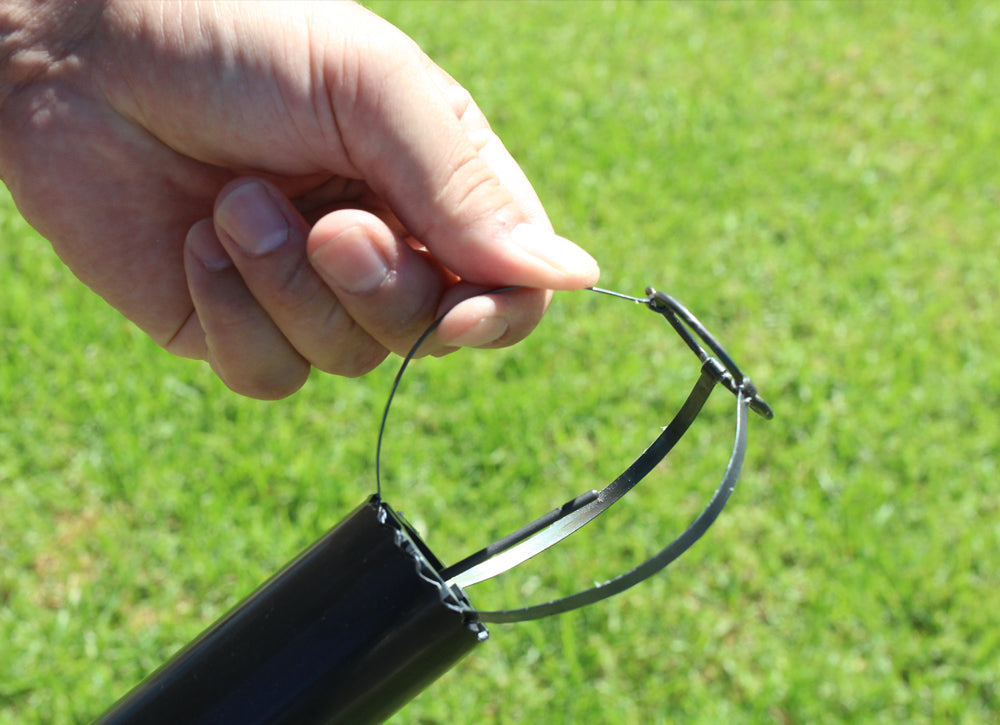
Bent Strap
Repair
Always decompress the main spring of trap. Straps have durability but will sometimes need to be replaced with new.
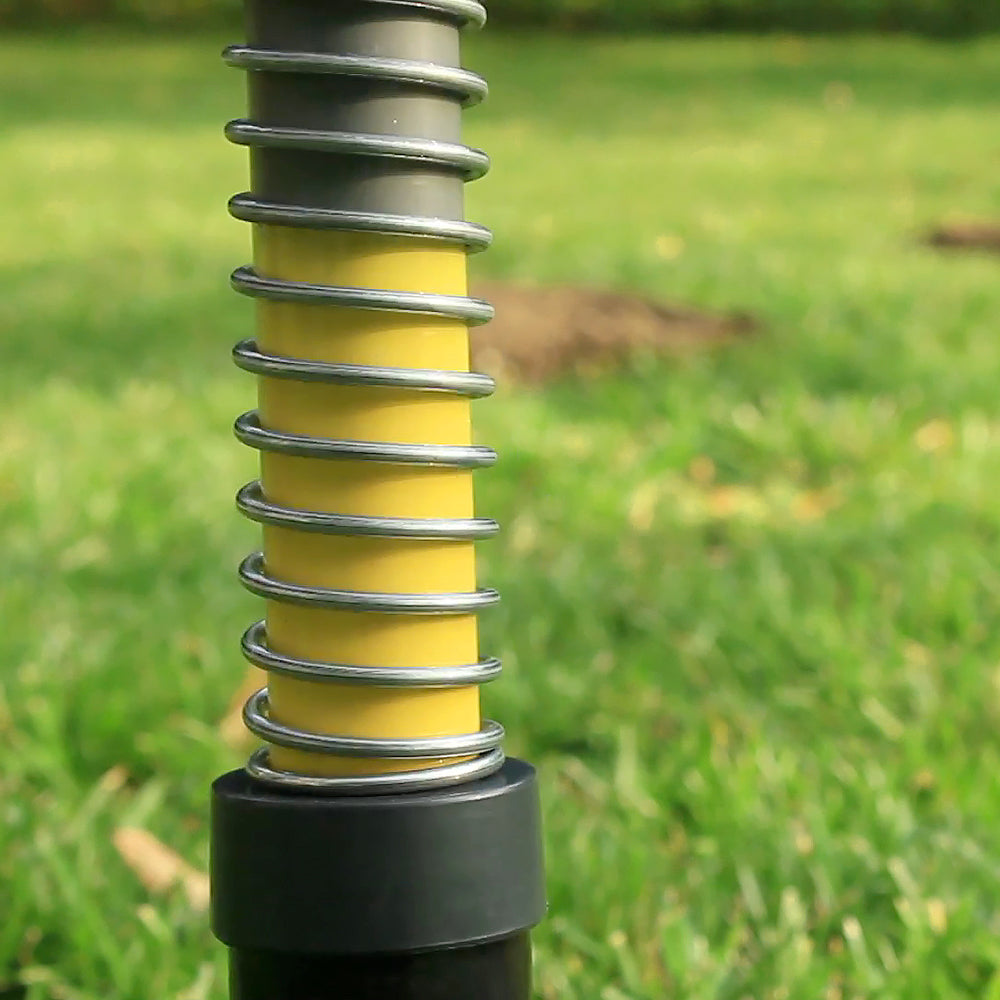
Give trap
Time
It is a good idea to leave GopherHawk overnight, but we suggest moving the trap every 24 hours looking for fresh mounds.
troubleshooting
Helpful Information
Avoid Bent Straps
Bent straps can occur with improper setting.
To avoid bending straps do not push down when setting. To do this insert the unset trap to the base of the tunnel. Once the trap is in place, put a flat hand on the endcap that says “Don’t Push Down”, just as leverage, then with the other hand pull up on the black tube until it locks in place. Don’t push down, since any downward action, even ¼”, can bend the straps.
Also, when removing the trap from the ground, don’t pull the trap out by the black tube, as this will expose the straps and they can get bent on the way up. Instead pull up by the spring end, closer to the endcap that says “Don’t Push Down”.
How to for Gophers
GopherHawk performs best when set in a “habitat tunnel”, near a fresh mound. Gophers and moles occupy expansive underground habitats. Mounds are the result of displaced soil that the pest ejects when making and maintaining their habitat tunnels. The soil of a fresh mound will appear loose or damp. It is important to set the trap in the habitat tunnel, not the space that dirt is pushed out from.
For Gophers
You will notice that gopher mounds have a round shaped plug on or near the side of the mound and fanned-out dirt that has been pushed from the tunnel. Begin probing 6 – 10 inches from the plug, in the opposite direction of the fanned-out dirt, ideally between two mounds. A tunnel is found when the probe pushes through the soil with less resistance.
How to for Moles
GopherHawk performs best when set in a “habitat tunnel”, near a fresh mound. Gophers and moles occupy expansive underground habitats. Mounds are the result of displaced soil that the pest ejects when making and maintaining their habitat tunnels. The soil of a fresh mound will appear loose or damp. It is important to set the trap in the habitat tunnel, not the space that dirt is pushed out from.
For Moles
Moles generally have two tunnels, their very shallow grubbing run and their deeper habitat tunnel. We suggest setting in the deeper habitat tunnel. Probe about 1-2 feet away from an active mound, ideally between mounds.
Trap Backfilled with Dirt
Even a pin hole of light will cause the pest to backfill with soil or sense the trap straps. Backfilling may result in just a limb being caught in the trap. To avoid backfilling push soil back around the trap after it has been set. If soil is too sandy, moisten or use leaves.
Another tip is to make the hole down to the base of the tunnel a ¼” deeper so that when the trap is set the trigger hangs down just a little lower in the tunnel.
